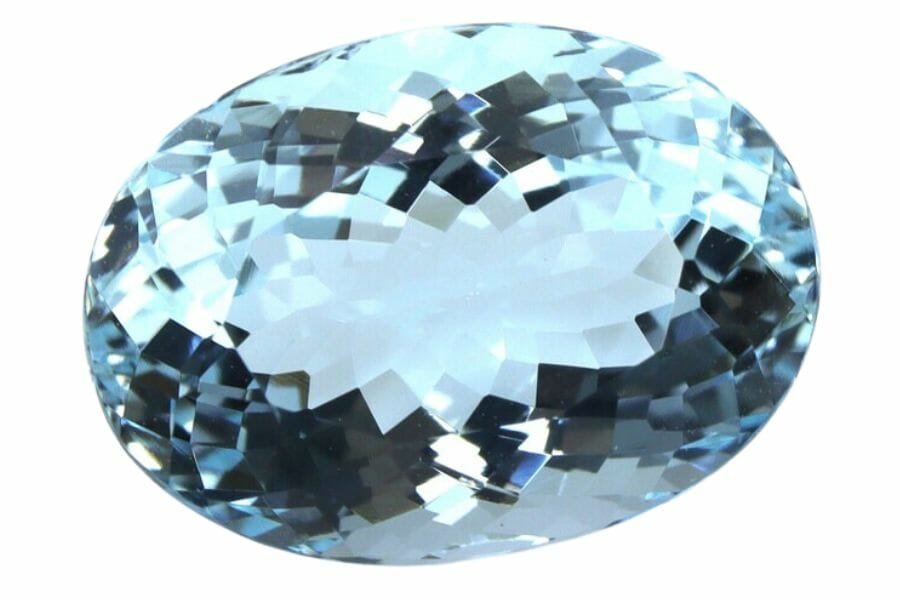Aquamarine, with its captivating shades of blue, is a gem that many treasure hunters and jewelry lovers dream of finding.
While the joy of discovery is all about the search, knowing how to identify aquamarine is essential. Typically, this gem showcases a transparency ranging from clear to translucent and often has a unique hexagonal crystal shape.
Its shades of blue, sometimes leaning towards greenish-blue, set it apart from other stones. Whether you’re out exploring or browsing a gem store, understanding these characteristics will help in spotting this ocean-blue beauty.
What is aquamarine?
Aquamarine gets its name from the Latin words for “water” and “sea” because of its ocean-like color. This beautiful stone is actually a type of beryl, the same mineral family as emeralds.
It forms deep within the Earth when molten rock, called magma, cools down and hardens over millions of years. As it cools, minerals like beryl combine with other elements, and we get aquamarine!
In the United States, some common spots to find this gem include the mountains of Colorado and the beaches of North Carolina.
If you ever find yourself exploring these areas, keep an eye out – you might just come across this shimmering blue treasure.
The different types of aquamarine
Just like snowflakes, no two aquamarines are exactly alike. There are several different types, each boasting its own unique shade and characteristics.
Santa Maria Aquamarine
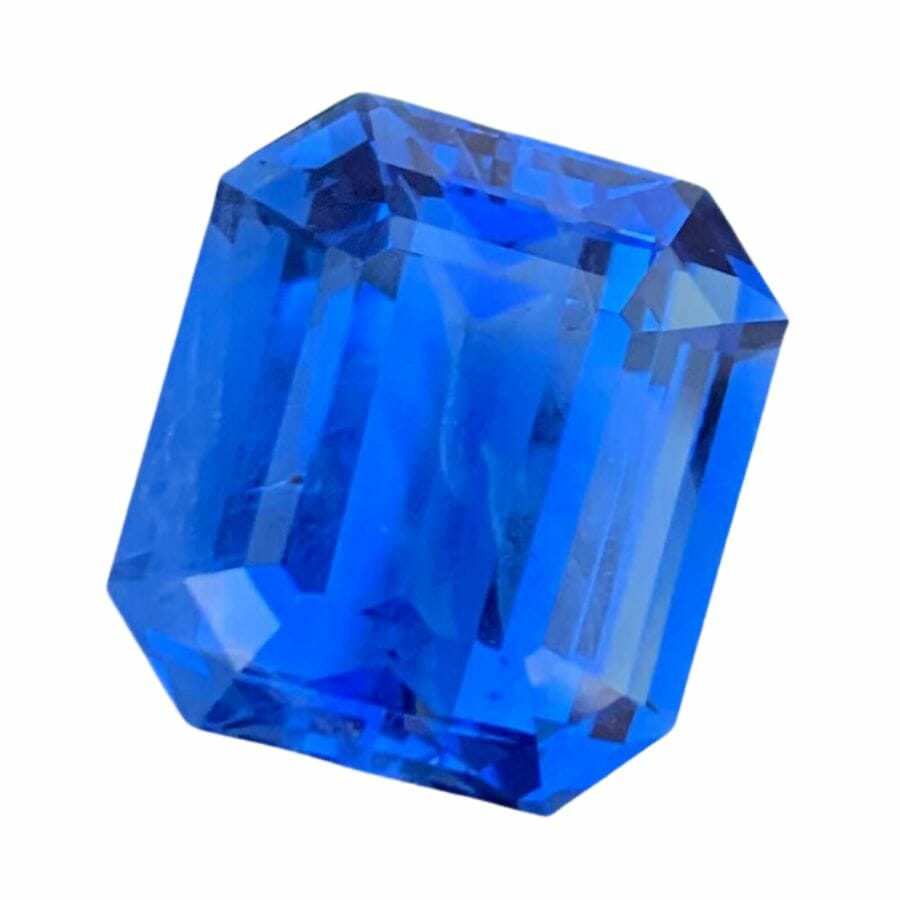
Santa Maria aquamarine is a true gem among gemstones! It stands out because of its deep blue color, which is richer and more vibrant than most other aquamarine.
This unique shade has earned it a special place in the hearts of gem enthusiasts and collectors.
The name “Santa Maria” comes from its origin: the Santa Maria de Itabira mine in Brazil. While aquamarine can be found in many places around the world, this particular aquamarine mine produces the most sought-after deep blue variety.
When comparing aquamarines, the deep blue hue of the Santa Maria variety is a clear sign of its premium quality and rare beauty.
Espirito Santo Aquamarine
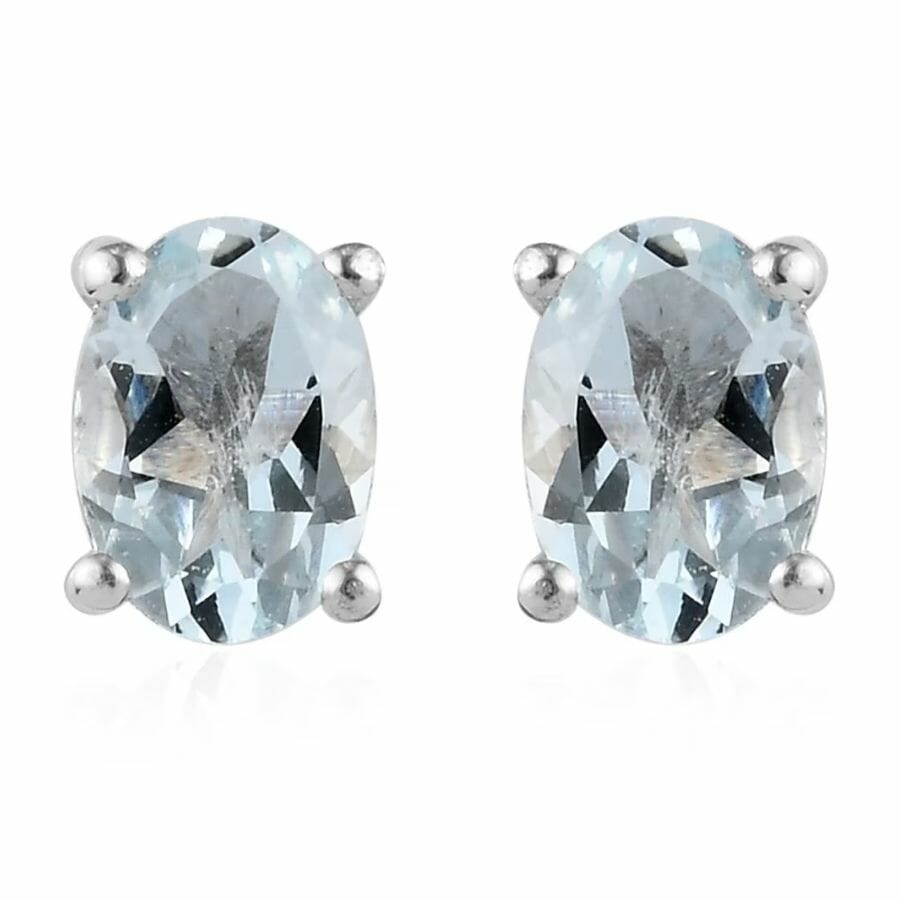
Named after the Espirito Santo state in Brazil, this gem has a signature look: it’s often lighter and brighter than the deep blue Santa Maria stones.
While other aquamarines boast intense blues, the Espirito Santo variety shines with a gentle, clear hue that makes it special. Jewelers and gem enthusiasts appreciate this unique tone, which sets it apart in the vast world of aquamarines.
So, if you come across a bright and clear blue aquamarine, there’s a good chance it’s an Espirito Santo treasure!
Cat’s Eye Aquamarine
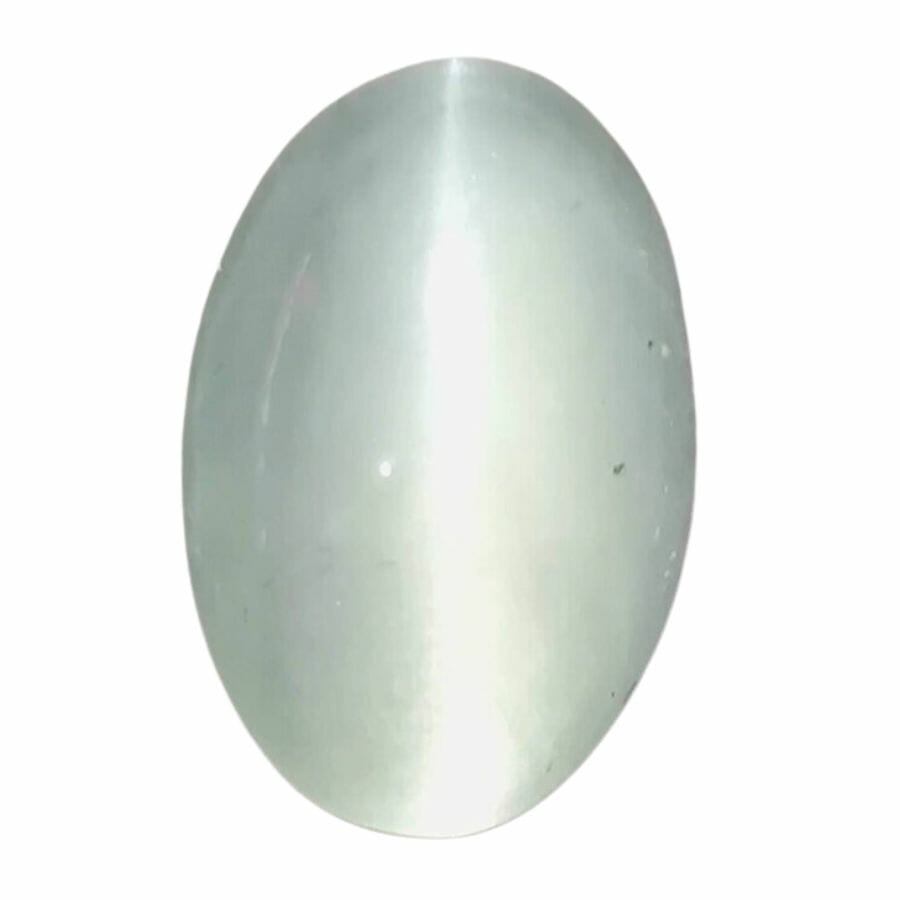
What sets cat’s eye aquamarine apart is its chatoyancy, which refers to the neat cat’s eye effect it shows. This shimmering line of light happens because of tiny, parallel fibers inside the stone.
When light hits these fibers just right, the gem seems to have a glowing eye! While aquamarines are found in many places, the cat’s eye variety is rarer. Most of these special stones come from mines in Brazil and parts of Africa.
Where to find aquamarine
From coast to coast, there are special spots where this blue gem likes to hide. Let’s dive into the top five spots in the U.S. where you have the best chance to spot aquamarine.
Mount Antero, Colorado

Mount Antero stands tall as a gemstone lover’s paradise. Towering at over 14,000 feet, it’s not just one of the highest peaks in the Rockies but also a hotspot for aquamarine hunting.
The mountain’s rocky terrain is generously sprinkled with aquamarine, making it a top destination for those with a keen eye for gems.
Many rockhounds have ventured up its slopes in hopes of uncovering these stones, and they’ve often been rewarded with finds ranging from pale blue to deep cyan hues.
Each stone tells a story of Mount Antero’s rich mineral history, making every discovery a special piece of this Colorado landmark.
Spruce Pine, North Carolina
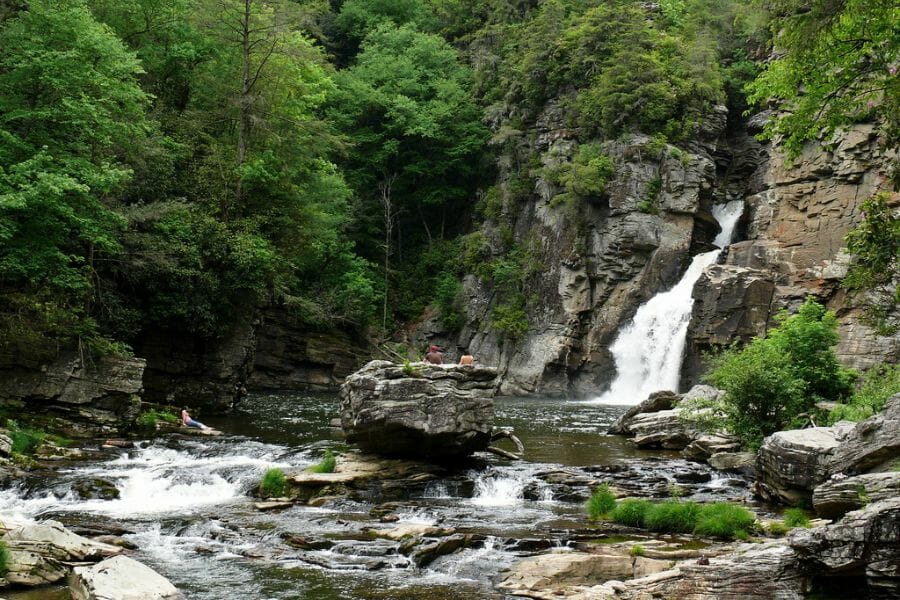
Tucked within the Appalachian Mountains, Spruce Pine is part of a region known for its rich mineral deposits.
When it comes to aquamarine, Spruce Pine doesn’t disappoint. The area’s mines and streams are sprinkled with this blue gem, drawing rockhounds from near and far.
Those who explore here can find aquamarines in shades ranging from light, sky-blue to richer, deeper tones.
The town even celebrates its gem-rich heritage with festivals and events, making it a hub for those passionate about minerals. So, for anyone dreaming of discovering beautiful aquamarines, this town is a must-visit destination!
San Diego County, California
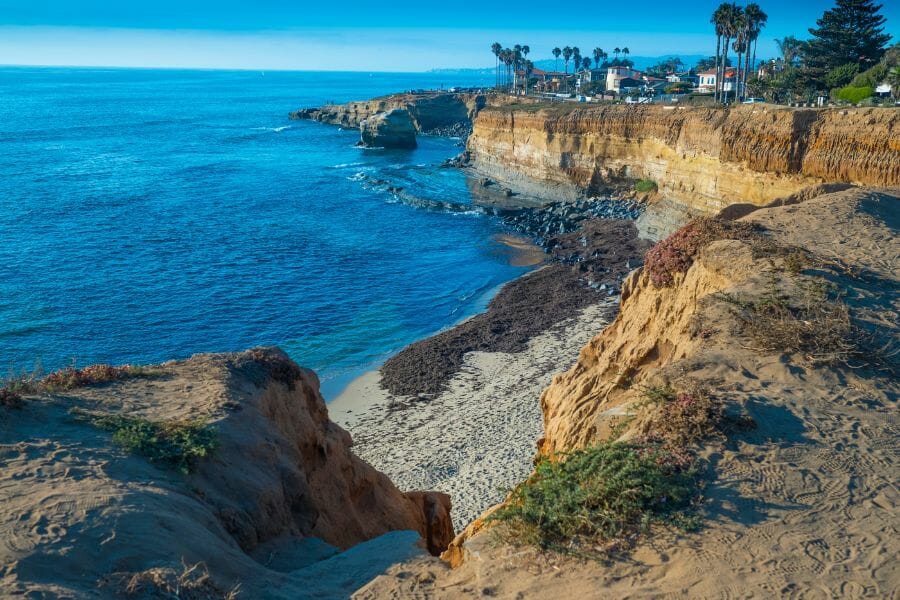
San Diego County is more than just beautiful beaches and sun-soaked days. Within its diverse landscape are areas where you can find aquamarine.
The county’s mineral-rich regions, especially in the Mesa Grande district, have been a beacon for rockhounds.
Over the years, adventurers searching its mines and fields have unearthed aquamarines in a range of blue hues, from soft pastels to deeper shades.
While San Diego is known for a variety of gems, its aquamarines hold a special place for gem lovers.
Big Horn Mountains, Wyoming

Spanning a vast area, the Big Horn Mountains are not just known for their breathtaking views but also as a promising spot to find aquamarine.
The region offers rockhounds the opportunity to stumble upon both pale blue and deeper blue-green varieties of this gem.
The terrain, combined with the favorable conditions of the mountains, creates pockets where aquamarine crystals wait to be discovered. Over the years, many enthusiasts have reported finding beautiful specimens here.
Oxford County, Maine
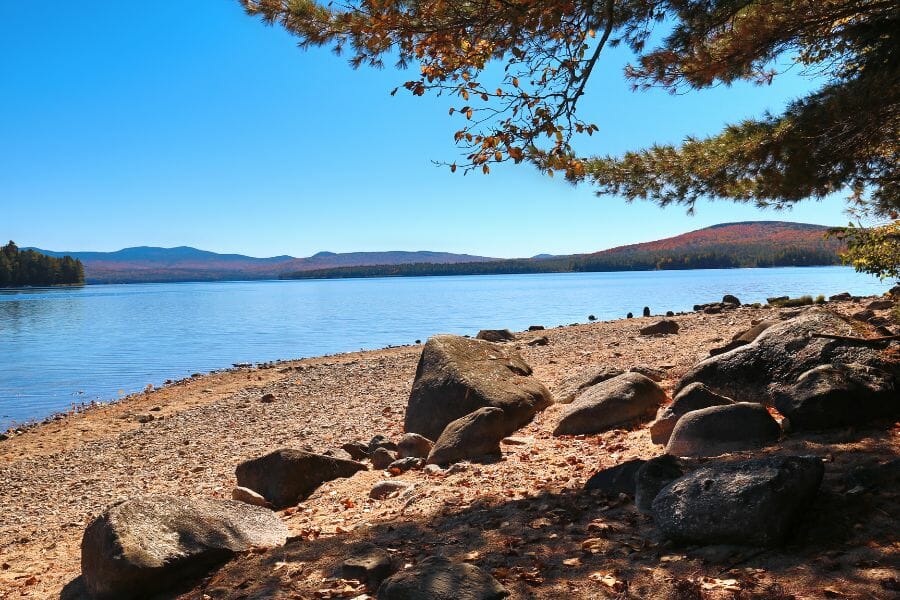
Oxford County is more than just picturesque landscapes and historic charm; it’s also a haven for gem enthusiasts. One of the exciting things about this area is the chance to discover aquamarine.
While Maine boasts several locations where gems can be found, Oxford County stands out for its aquamarine yield.
Those keen on knowing where to find aquamarine in real life often head here, hoping to uncover a blue or greenish-blue specimen.
Many adventurers have been rewarded with beautiful specimens, making Oxford County a favorite spot for both beginner and seasoned collectors.
How to find aquamarine
Aquamarine is a sought-after gemstone and finding it requires a keen eye and some knowledge. Here are specific techniques and strategies that can increase your chances of stumbling upon this gem.
Surface searching
Surface searching is a fantastic way to start the quest for aquamarine. It’s as simple as taking a stroll! Pick a potential site known for aquamarine deposits and begin walking around, keeping your eyes peeled to the ground.
After a good rainfall or due to natural erosion, the topsoil may wash away, revealing hidden gemstones. The shimmering blue of aquamarine can catch the sunlight, making it easier to spot.
It’s also a good idea to look in areas where water runoff occurs, as this can move and uncover stones.
Start after a rain
Rain can be a rockhound’s best friend when searching for aquamarine! When those raindrops fall, they naturally wash away layers of dirt and topsoil.
This means that hidden gemstones, like the beautiful aquamarine, can get a chance to shine through. After a good downpour, head to areas known for aquamarine deposits.
Look especially in spots where water has flowed, like the edges of streams or natural pathways on a hillside. The rain not only reveals gems but also makes them glisten, helping them stand out.
Look in pegmatites
If you’re on the hunt for beautiful blue gems, knowing how to find aquamarine can be quite rewarding. One top tip is to look for pegmatites. These are coarse-grained rocks that sometimes hold stunning gem-quality minerals.
When pegmatites form, they create pockets and these pockets can be home to aquamarine crystals. While exploring an area, keep an eye out for large, whitish rocks. These are often pegmatites.
When you spot one, examine it closely. Sometimes, the shimmering blue of aquamarine peeks out, waiting to be discovered. Other times, you’ll have to break the rock apart to get to the gems inside.
So, next time you’re out rockhounding, remember to give special attention to pegmatites, as they might just lead you to a sparkling prize!
Crevice searching
Crevices in rocky outcrops are like secret pockets, and often, aquamarine gems are waiting to be found there. In areas known for their rocky terrains, these little nooks can be gold mines for rockhounds.
When searching for aquamarine, take a close look at these gaps and cracks. The blue color of the gem might peek out from within.
Using tools like crevice picks can be super helpful. These tools are designed to safely extract the stones without damaging them.
How to identify aquamarine once you find it
Once you have a potential aquamarine in hand, knowing how to identify it is crucial. There are specific characteristics and tests that can help confirm your find.
What aquamarine looks like on the outside
Aquamarine has a unique and captivating appearance that sets it apart from other gemstones. Recognizing its distinct outer characteristics is essential for any gem enthusiast.
Color
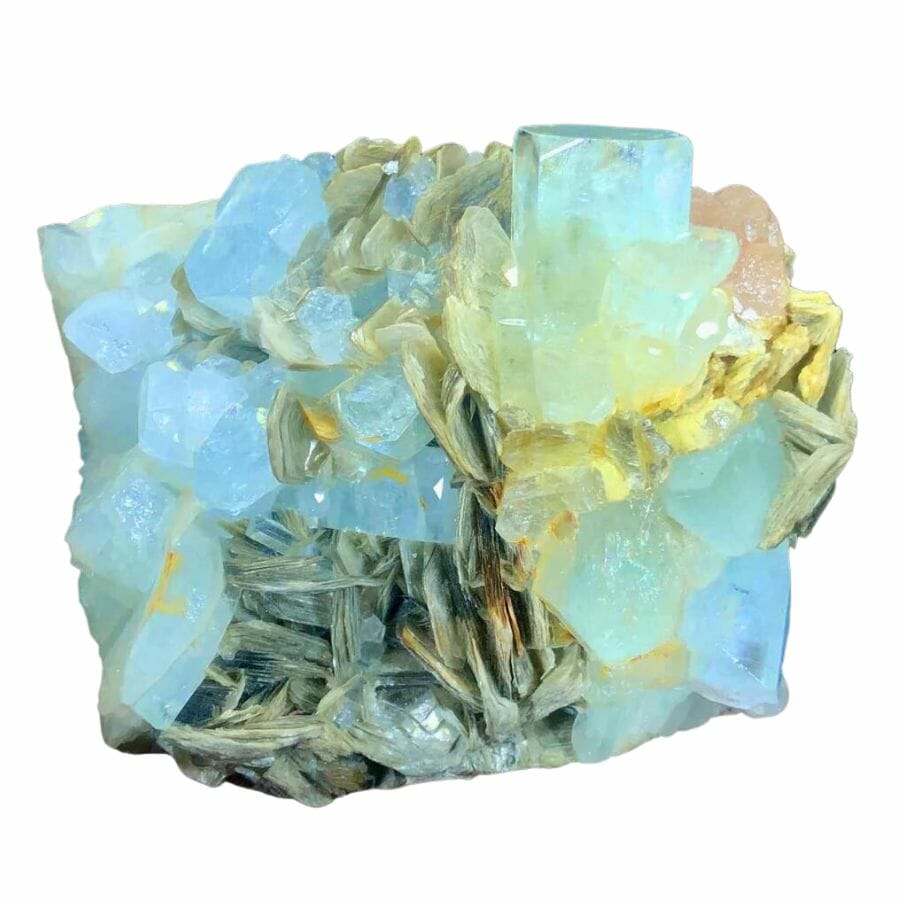
Typically, aquamarine’s hues dance between a soft, pale blue to a deeper cyan. Sometimes, you might even catch hints of greenish-blue tones in certain light.
This gem is also known for its pleochroism, an awesome trait where it can display different colors when viewed from various angles. For aquamarine, this means you might see more blue from one angle and a greenish tint from another.
Crystal Form
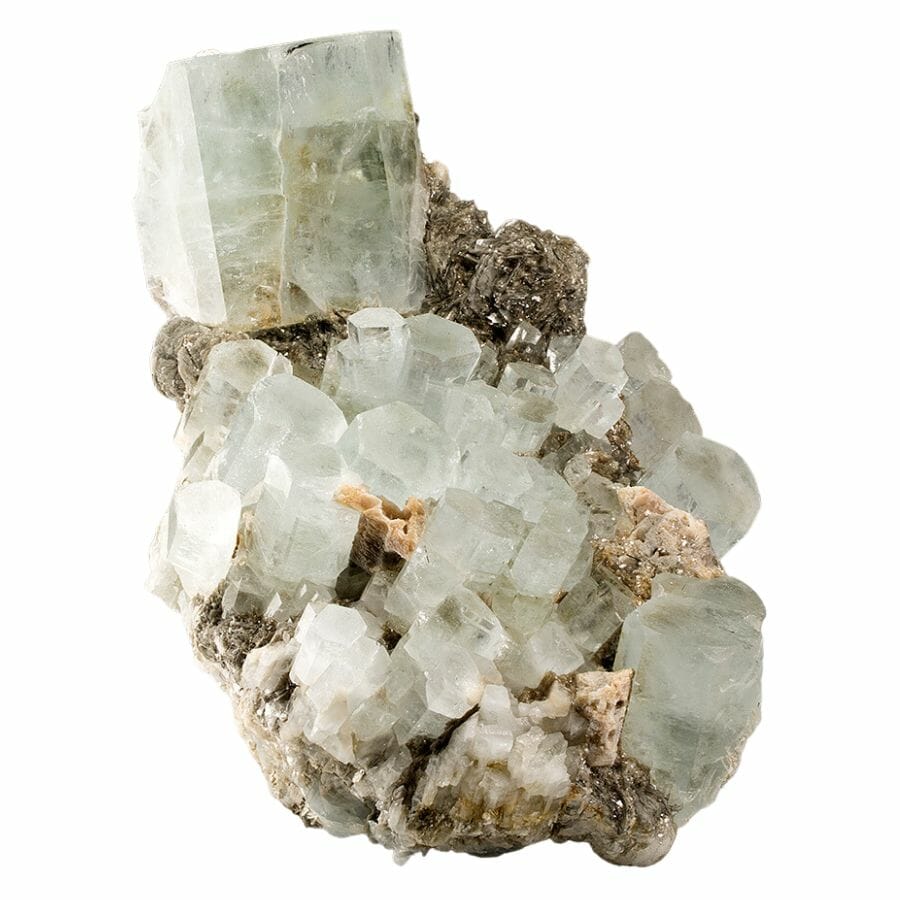
When considering what aquamarine looks like on the outside, its crystal form is one of the things you need to keep in mind. As a member of the beryl family, aquamarine often takes shape as hexagonal crystals.
These crystals usually have straight edges and a consistent prism-like shape with six sides. They can vary in appearance, sometimes being elongated, resembling tall pillars, while other times they might be short and stubby, like little columns.
Fluorescence
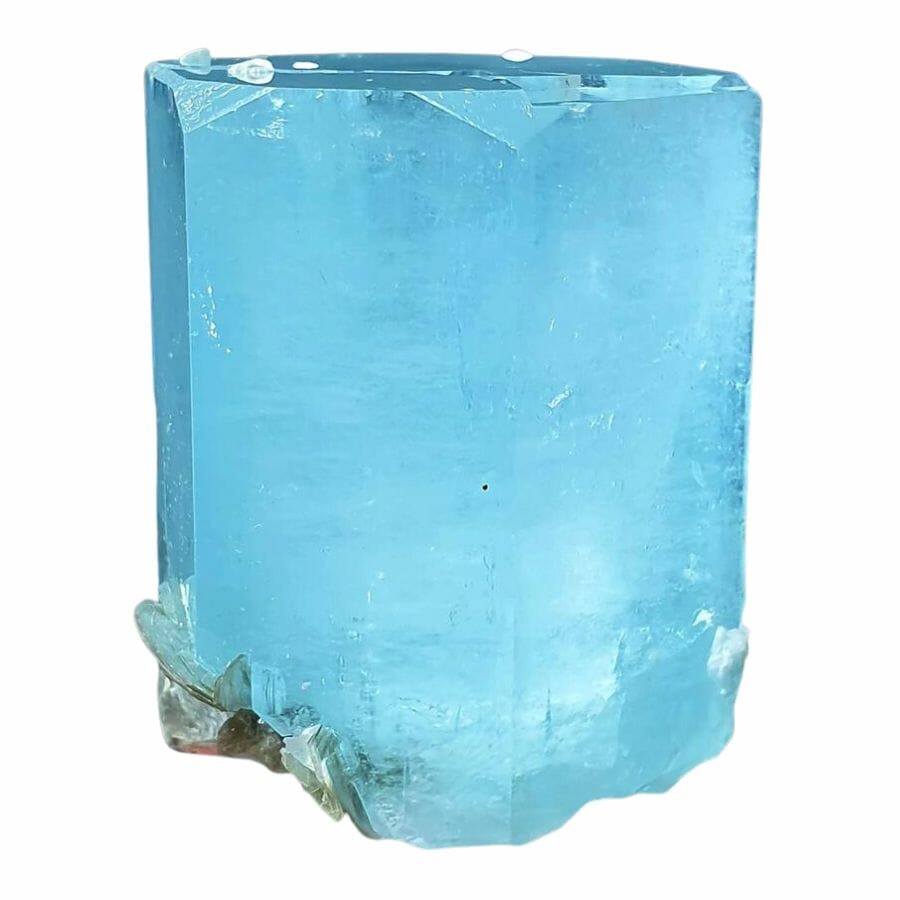
Fluorescence is one of those cool features in certain minerals that can be both surprising and beautiful. If you shine an ultraviolet (UV) light on aquamarine, you might notice a soft glow.
Typically, this glow or fluorescence is weak and can range from a gentle blue to a hint of green. This soft luminescence adds another layer to the gem’s charm. However, not every aquamarine will show this trait.
For gem enthusiasts, this fluorescence can be an additional point of interest and can be used as one of the many tools to appreciate the complexities of this beautiful stone.
What aquamarine looks like on the inside
While many admire aquamarine for its stunning exterior, the inside holds its own set of wonders. The internal characteristics give each gem a unique fingerprint, revealing its story and journey.
Inclusions
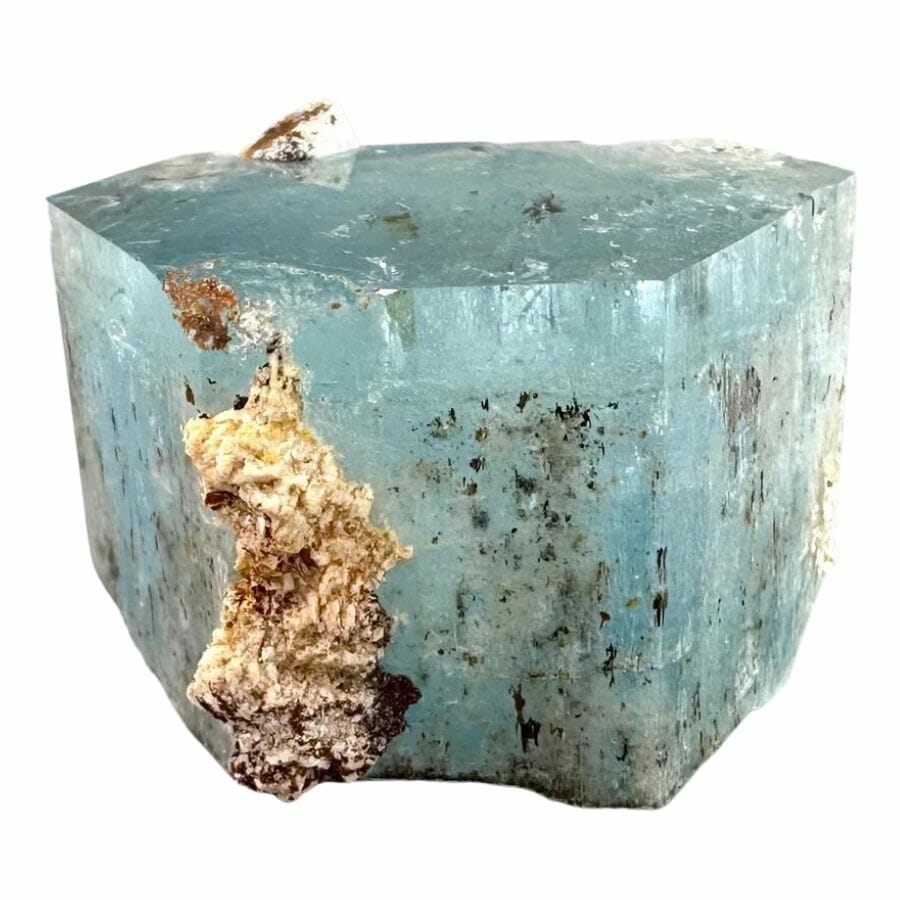
A fascinating part of aquamarine’s beauty is the unique inclusions it may hold within. These tiny features tell a story of how aquamarine is formed over time.
One common inclusion is hollow tubes, which, when aligned just right, can give the gem a shimmering, “silk-like” appearance. There can also be intriguing liquid-filled cavities within the crystal, capturing tiny moments from the stone’s formation.
In addition, sometimes, tiny fragments of minerals like mica or hematite get trapped inside, adding to the character and story of each stone.
Fracture
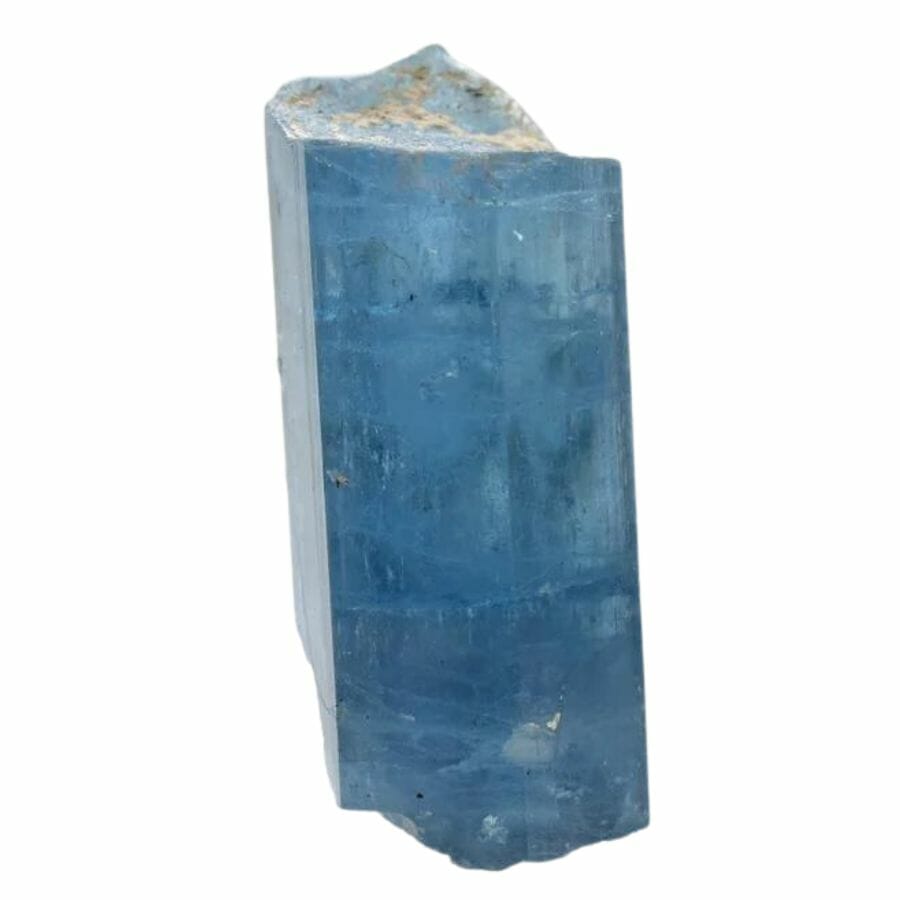
When you take a close look at how aquamarine breaks, you’ll notice something special. Aquamarine has a conchoidal fracture. This means that instead of breaking in straight lines or flat surfaces, it breaks in smooth, curved patterns.
These curved shapes are often compared to the gentle waves and contours you’d find on the inside of a seashell.
Transparency
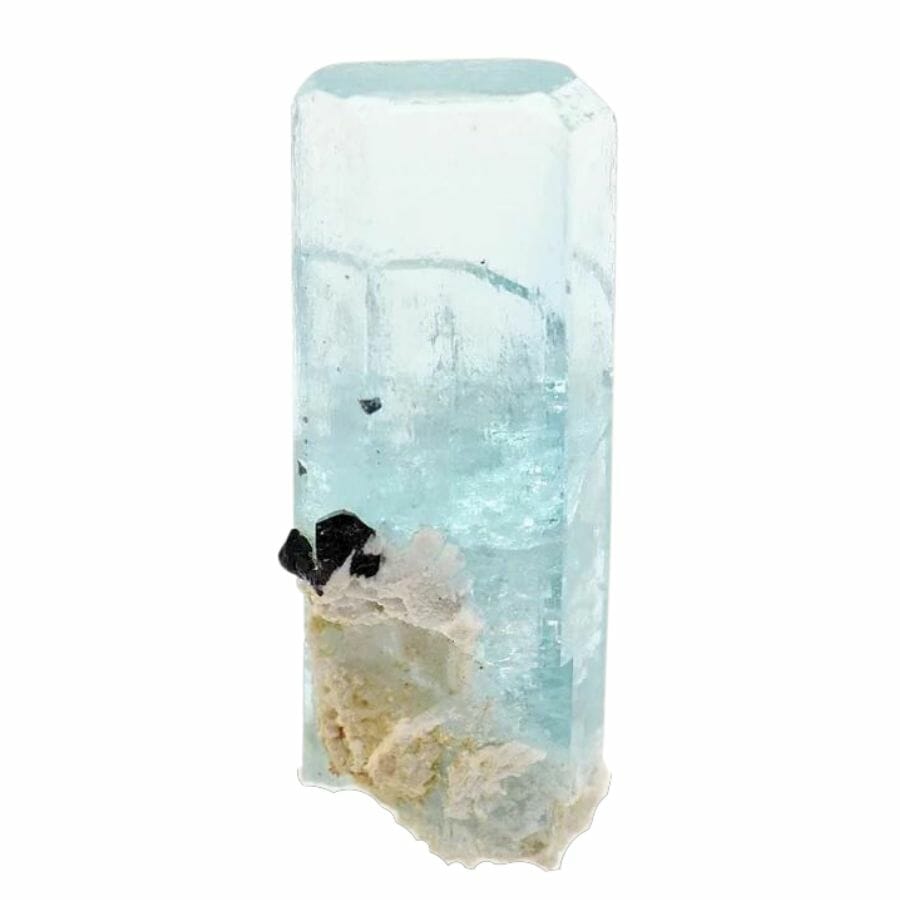
Transparency plays a significant role when thinking about what aquamarine looks like on the inside. Most aquamarines showcase a beautiful range from being completely transparent to slightly translucent.
This means that light can pass through them, sometimes with striking clarity. Aquamarines are usually eye-clear, which means that they don’t have visible inclusions.
The more transparent the stone, the more it’s prized for jewelry, as it catches and reflects light brilliantly. This transparency is what gives aquamarine its allure, allowing us to see its true colors and any inclusions that might be inside.

